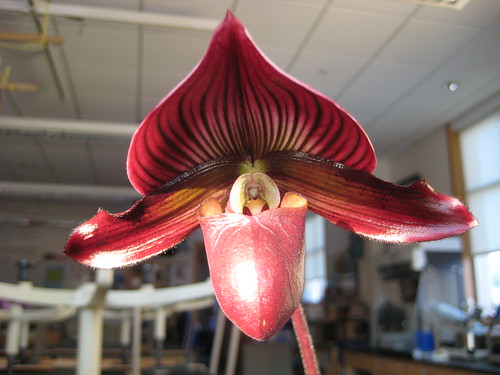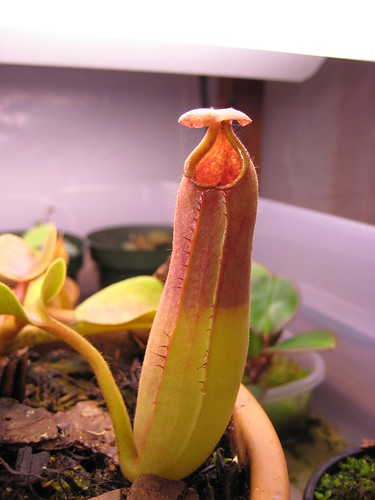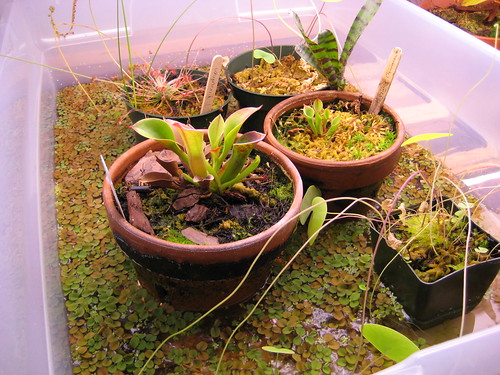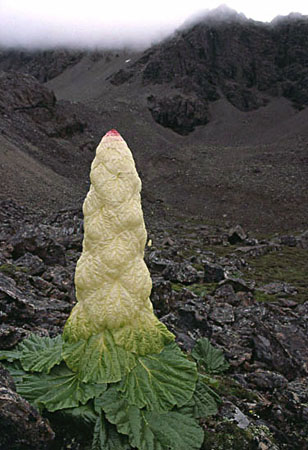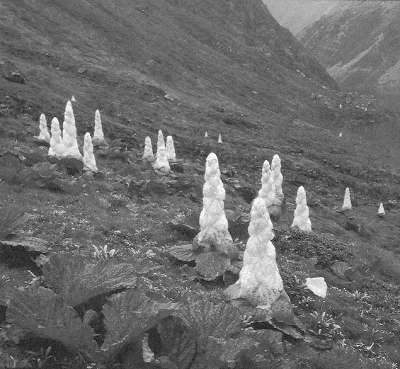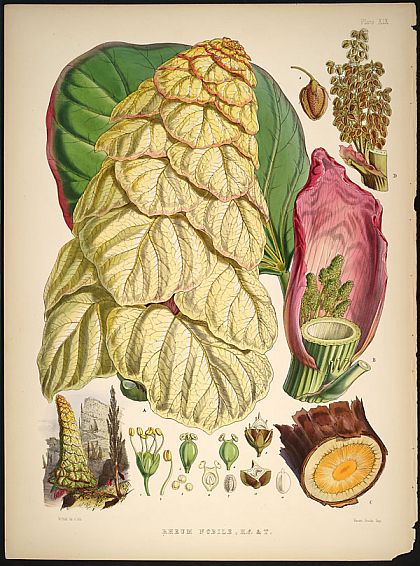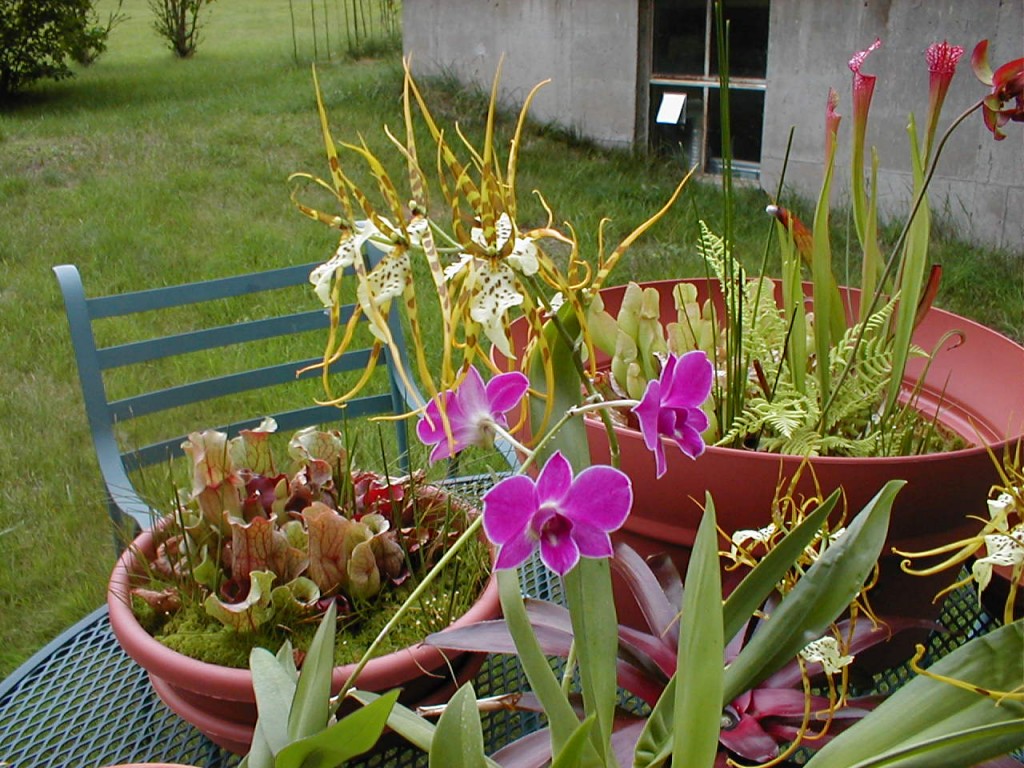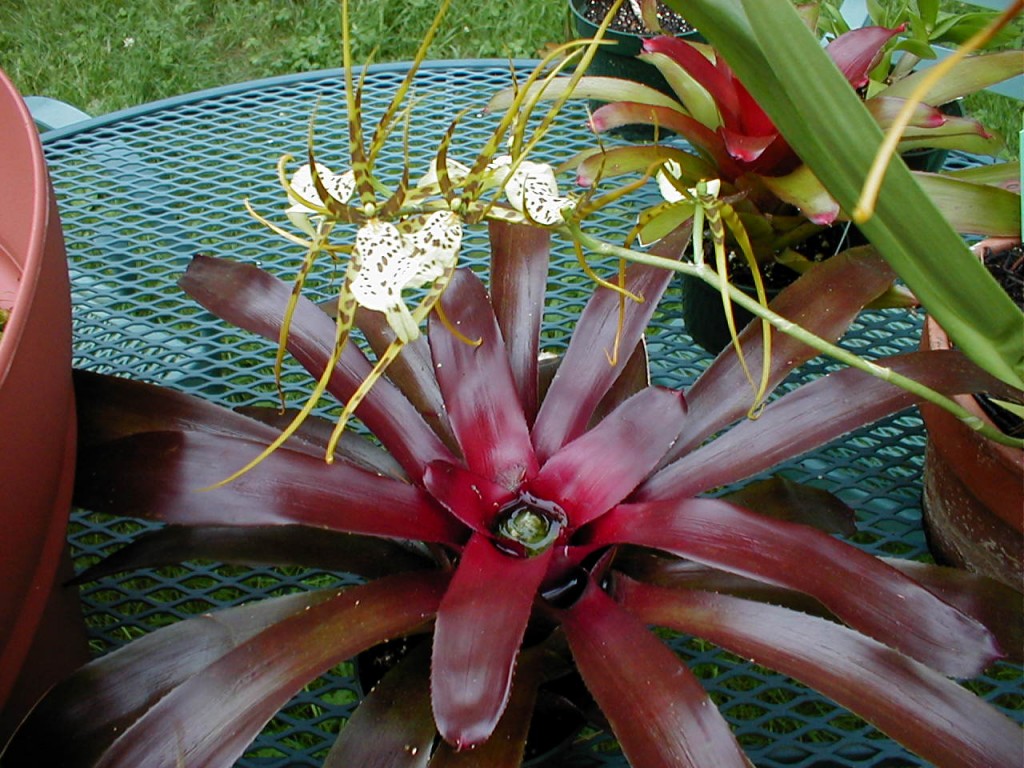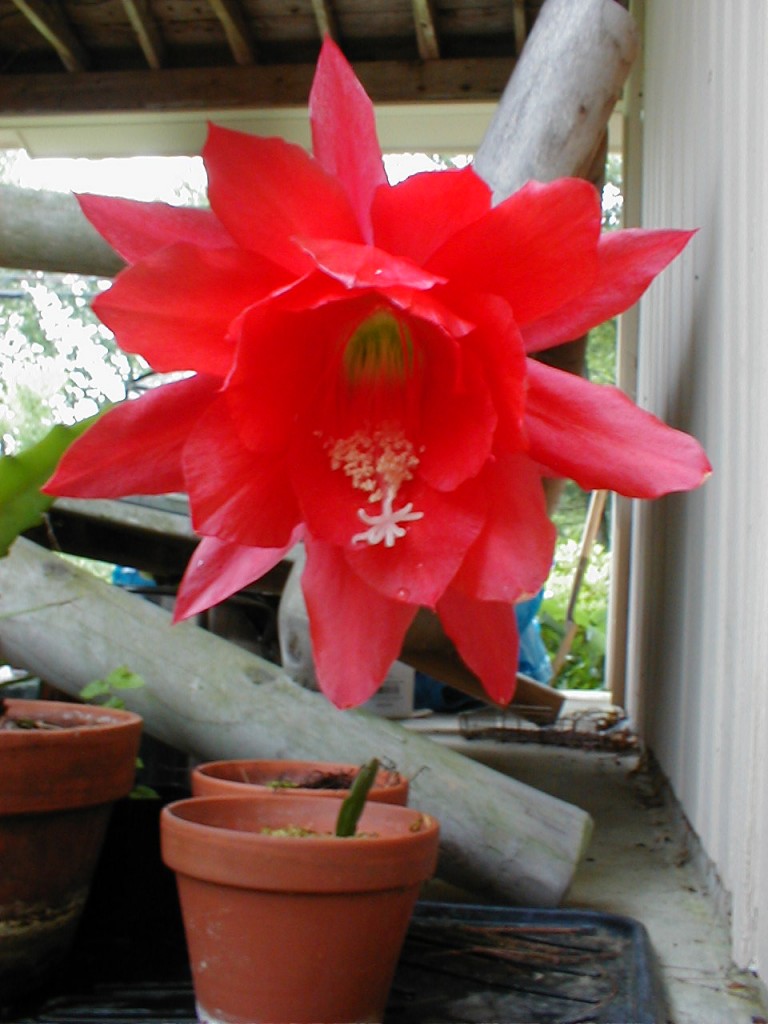
*
An interesting coincidence: I’ve been on a bit of a soma jag recently (research, not use) because of a brief mention of it in Helen Macdonald’s excellent Falcon. I started by re-reading Brave New World for old time’s sake; back in high school it added soma to my vocabulary; college brought R. Gordon Wasson and the idea of entheogens. Soma has been off the back burner and on a slow simmer in my head for a while; there seems to be a connection between the bowls found in Central Asian burials and either soma or Amanita muscaria use (allowing that A. muscaria might not be soma). The picture at the top of the post is a handle for one of these bowls. Falcon brought the simmer to a boil, so – in preparation for (maybe) writing a long soma post – I’ve been spending the past couple days reading things like The Soma-Haoma Problem. Now comes the coincidence – last night I was lying in bed reading The Areas of my Expertise and laughing my head off (not a great way to get to sleep, I discovered); page 87 consists of the following:
WERE YOU AWARE OF IT?
The famous Cole Porter tune “I’m In, You’re In” was actually Porter’s typically wry response to the urine-drinking craze of the 1920s.
The practice originated with the fierce reindeer herders of Siberia known as the Koryac, who centuries ago had devised a means of purifying the hallucinogenic toadstool known as fly agaric. A local shaman would eat the mushroom, using his body to filter out the poisonous muscarine; its mood-altering compounds were preserved in his urine, which was then ritually consumed by other Koryac and also some of the more favored reindeer.
Marco Pensworthy, a monocled young libertine and staff member of the American Museum of Natural History, who was later dismissed for seducing the skeleton of a giant ground sloth, introduced the custom to New York. During Prohibition, many a tuxedoed, thrill-thirsty swell attended one of Dr. Marco’s private “Siberian Tea Parties,” beneath the frozen gaze of the stampeding elephants of the Hall of African Animals, where, wrote Porter…
There isn’t any shame in
Meeting with the Shaman
And making like the reindeers do…
It’s just a little wonder
That will unfreeze your tundra
I’m in, you’re in. You’re in too.
After his disgrace, Pensworthy would wander Central Park humming Porter’s tune and offering passersby swigs from a suspicious flask. Finally arrested and institutionalized, he trepanned himself to death in 1952.
Like a lot of good tall tales, there’s a grain of truth in there – the Koryac references are accurate regarding the mushroom and the urine (I’d be surprised if they shared their pee with the reindeer – but I could be wrong).
I’m running into these kind of coincidences more and more frequently (the one before this was putting Lost World of the Moa down, flipping the teevee to Animal Planet, and falling into the middle of a segment on Haast’s Eagle). I’m developing a hypothesis that rests on two factors – both Internet related – the immediate availability of information and the number of personal contacts with like-minded people that communication technology provides us with. I’ll do some more thinkin’ on it – perhaps a later post.
Hug me till you drug me, honey;
Kiss me till I’m in a coma:
Hug me, honey, snuggly bunny;
Love’s as good as soma. *

